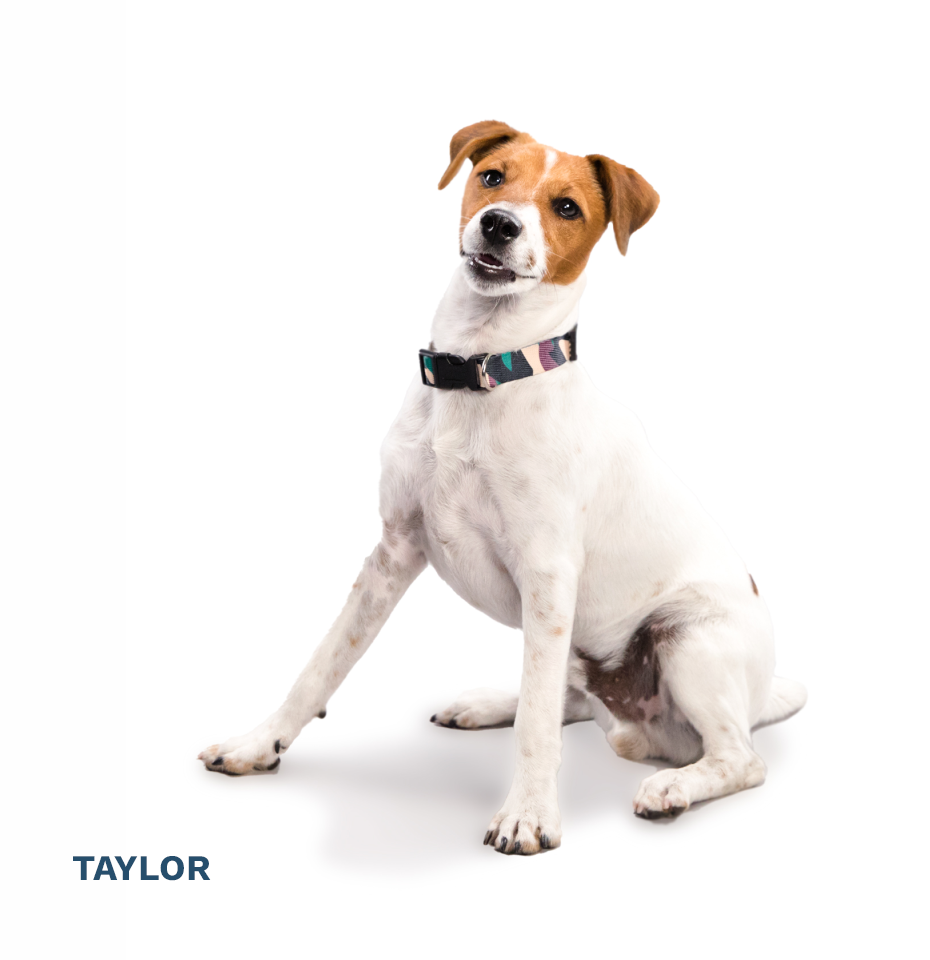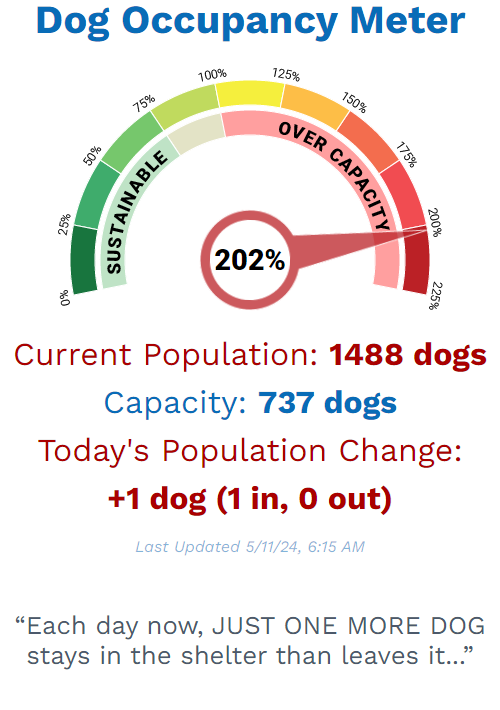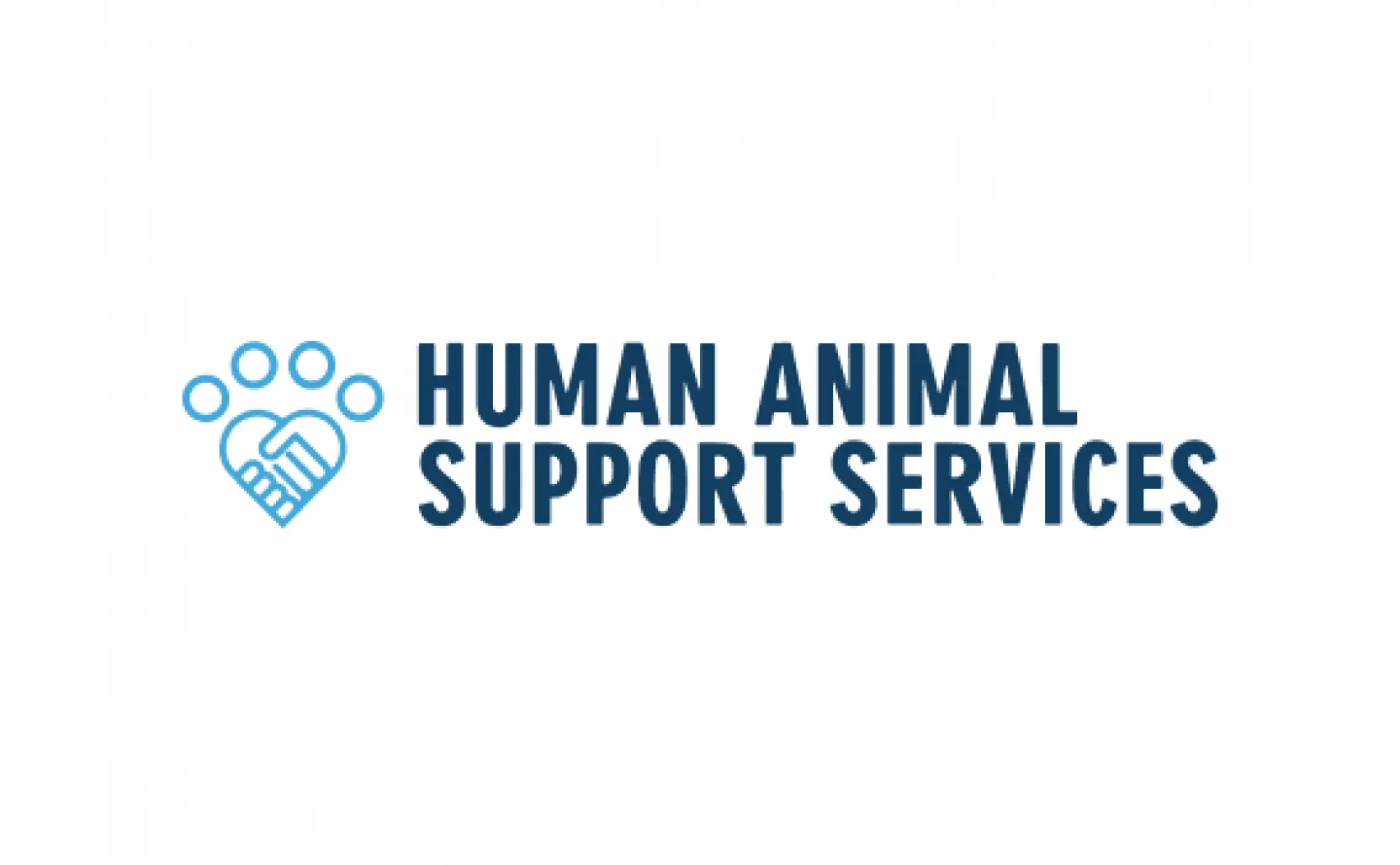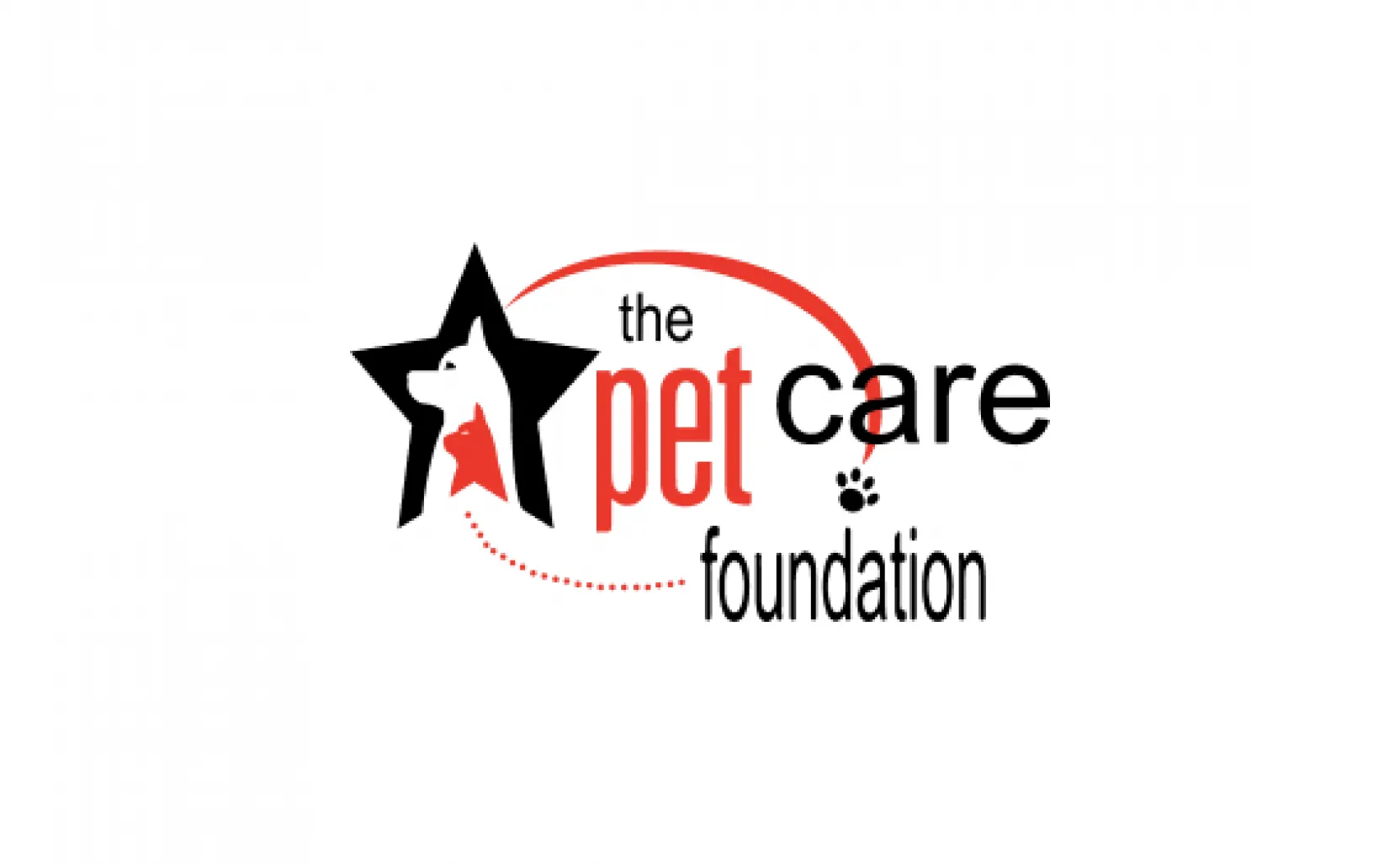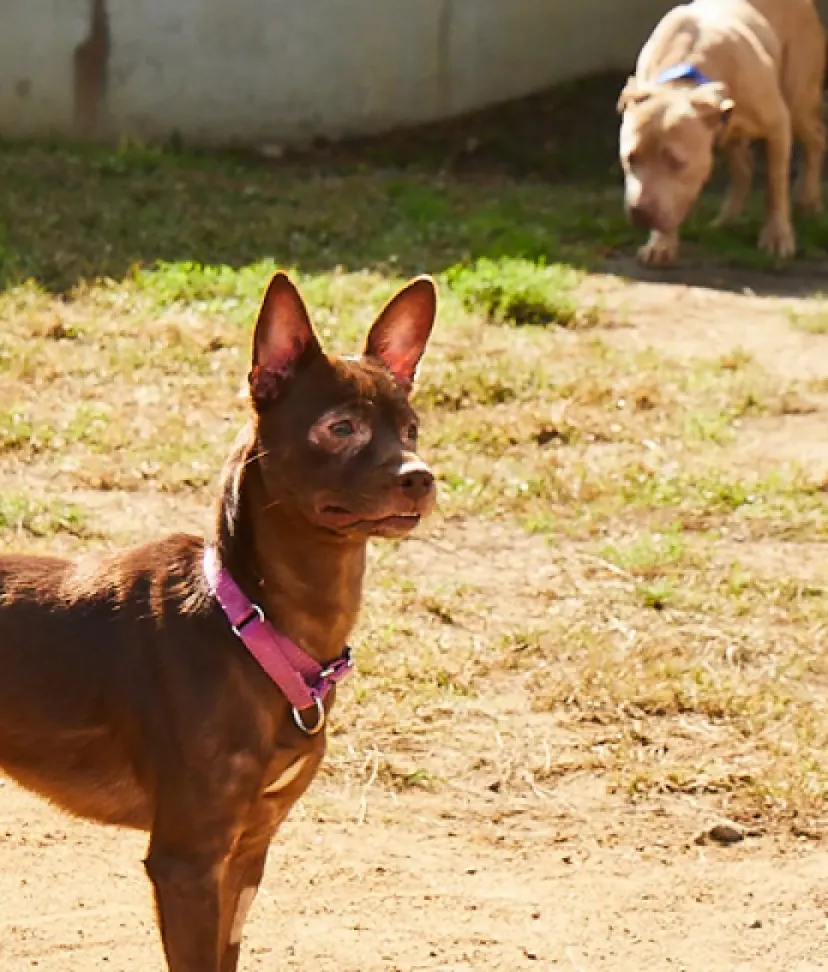
Prevent Distemper
Los Angeles, March 17, 2021 – According to the Los Angeles County of Veterinary Public Health, local control agencies throughout LA County have reported an increase in the number of wildlife suspected of having distemper.

Distemper Findings in Wildlife
From April 2020 to February 2021, these agencies reported 154 raccoons, two coyotes, nine foxes, and three skunks with clinical signs consistent with distemper to Veterinary Public Health (VPH). Of these, there were 108 raccoons, two coyotes, nine foxes, and three skunks reported to have possible neurologic signs. To date, tests or autopsies were conducted on nine raccoons, and three foxes, which confirmed they had distemper. Because the neurologic symptoms of distemper and rabies are externally indistinguishable, public health has conducted rabies surveillance testing on many of the distemper suspects showing neurologic signs. Sixty-three raccoons, seven foxes, and two skunks have been tested for rabies and were all found to be negative. It is very important to consider rabies as a differential diagnosis when neurologic wildlife or pets are reported in the community or presented to a veterinary or animal control facility.
To view a map of the current distemper outbreak in wildlife, please click on the image below or go to:publichealth.lacounty.gov/vet/DistemperWildlife2020.htm.
What is Distemper?
Distemper is a viral infection that can infect dogs, raccoons, skunks, foxes, and large cats such as lions and tigers. The virus does not cause disease in cats nor humans. In LA County, raccoons are the local reservoir species for distemper. Dogs can become infected with the distemper virus from direct contact with a sick animal or being near an infected animal when it is coughing or sneezing. The virus can also be transmitted through shared food and water bowls, or other objects that were contaminated by an infected animal. Puppies and unvaccinated dogs are at highest risk for infection with distemper.
Common clinical signs of distemper in dogs include discharge from the eyes and/or nose, fever, coughing, lethargy, disorientation, tremors, and seizures. The clinical signs are similar in raccoons and other wildlife. Currently there is no treatment for distemper so preventing the disease in dogs is crucial.
Keeping Dogs and Puppies Safe
- Vaccinate dogs for distemper: Puppies should receive a series of three (3) or more distemper vaccines between the ages of 2 and 4 months. The vaccine should be boostered a year later, then every three years for life.
- Protect puppies: Puppy owners should keep puppies at home and away from unfamiliar dogs, until they have completed the vaccination series. Use caution when socializing dogs or in areas where dogs congregate, such as dog parks, doggy day care, and boarding facilities.
- Keep dogs away from wildlife: Dog owners should never allow their dogs to have contact with wildlife.
- Keep pet food and water bowls indoors, away from wildlife: Pet food and water left outdoors attracts wildlife, which can spread distemper to dogs.
To learn more about distemper in dogs and wildlife, visit the County of Los Angeles Veterinary Public Health Services.

